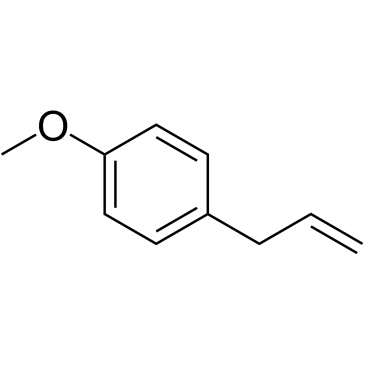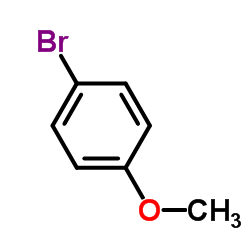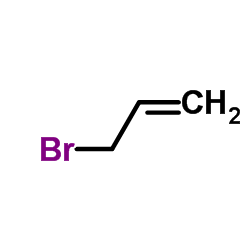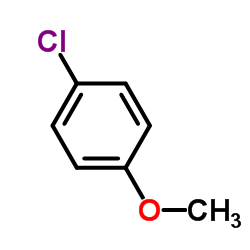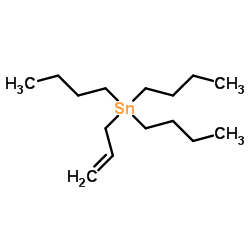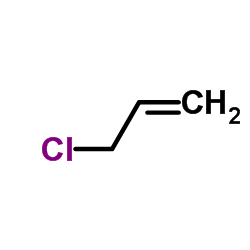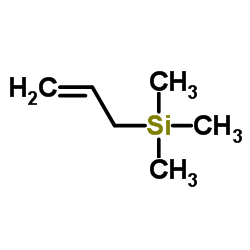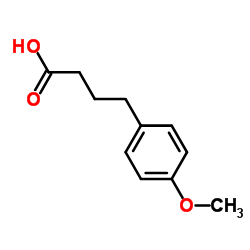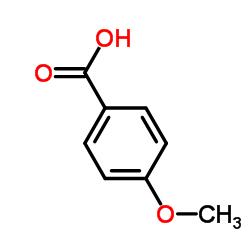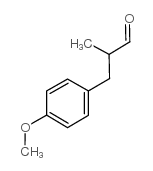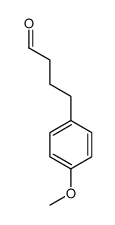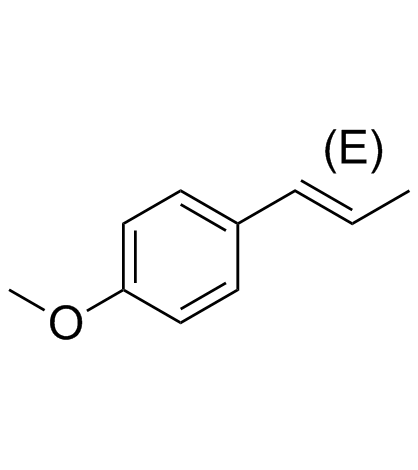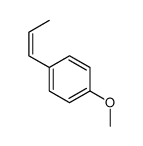140-67-0
| Name | 4-Allylanisole |
|---|---|
| Synonyms |
4-allyl-1-methoxybenzene
Anisole, p-allyl- p-Allyl-Anisole Tarragon 4-allyl Estragol 1-Methoxy-4-(2-propen-1-yl)benzene Estragole 4-Methoxyallylbenzene Chavicol methyl ether,Estragole 4-MeOC6H4CH2-CH=CH2 Esdragon methyl chavicol p-methoxyallylbenzene Benzene, 1-methoxy-4-(2-propen-1-yl)- 4-Allylmethoxybenzene para-allylanisole Terragon FEMA 2411 Esdragol 4-Allylphenyl methyl ether EINECS 205-427-8 Chavicol methyl ether Chavicol, O-methyl- 1-Allyl-4-methoxybenzene 1-Methoxy-4-(2-propenyl)benzene 1U2R DO1 4-Allylanisole Esdragole MFCD00008653 |
| Description | Estragole (4-Allylanisole), a relatively nontoxic volatile terpenoid ether, is a major component of the essential oil of many plants. Estragole has potent local anesthetic activity and dose-dependently blocks nerve excitability[1]. Estragole displays anti-toxoplasma activity[2]. |
|---|---|
| Related Catalog | |
| References |
| Density | 0.9±0.1 g/cm3 |
|---|---|
| Boiling Point | 216.0±0.0 °C at 760 mmHg |
| Molecular Formula | C10H12O |
| Molecular Weight | 148.202 |
| Flash Point | 81.1±0.0 °C |
| Exact Mass | 148.088821 |
| PSA | 9.23000 |
| LogP | 3.15 |
| Vapour Pressure | 0.2±0.4 mmHg at 25°C |
| Index of Refraction | 1.505 |
| Stability | Stable. Flammable. Incompatible with strong oxidizing agents. |
CHEMICAL IDENTIFICATION
HEALTH HAZARD DATAACUTE TOXICITY DATA
MUTATION DATA
|
| Symbol |


GHS07, GHS08 |
|---|---|
| Signal Word | Warning |
| Hazard Statements | H302-H317-H341-H351 |
| Precautionary Statements | P280 |
| Personal Protective Equipment | Eyeshields;Faceshields;full-face respirator (US);Gloves;multi-purpose combination respirator cartridge (US);type ABEK (EN14387) respirator filter |
| Hazard Codes | Xn:Harmful; |
| Risk Phrases | R22 |
| Safety Phrases | S26-S36/37 |
| RIDADR | NA 1993 / PGIII |
| WGK Germany | 3 |
| RTECS | BZ8225000 |
| HS Code | 2909309090 |
| Precursor 10 | |
|---|---|
| DownStream 10 | |
| HS Code | 2909309090 |
|---|---|
| Summary | 2909309090 other aromatic ethers and their halogenated, sulphonated, nitrated or nitrosated derivatives VAT:17.0% Tax rebate rate:9.0% Supervision conditions:none MFN tariff:5.5% General tariff:30.0% |


